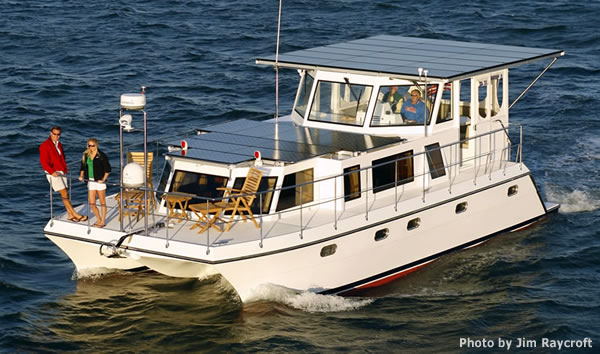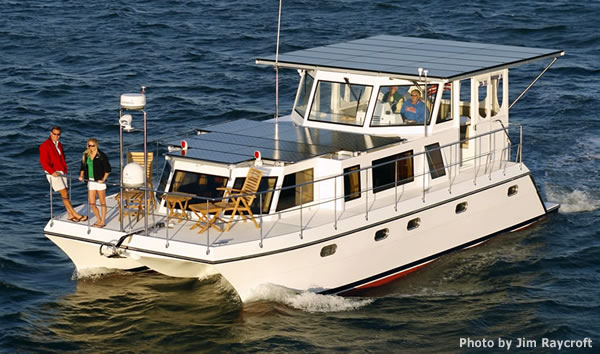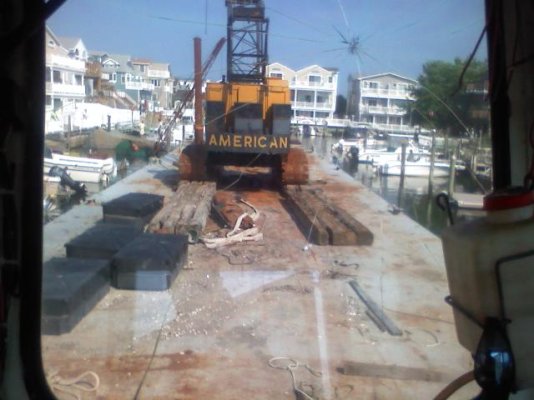Moonstruck
Guru
- Joined
- Nov 27, 2008
- Messages
- 8,276
- Location
- USA
- Vessel Name
- Moonstruck
- Vessel Make
- Sabre 42 Hardtop Express
This quote from PSNEELD in the "Taming the Single Screw" thread made me do some thinking
"The real trick isn't putting your boat into your slip every weekend...it's putting it where the dockmaster tells you to, no matter time of day, weather or any other distraction every day of the week in a different place for months on end.
Then and only then are you getting the hang of your boat."
To me that is a profound observation. Real cruising takes many skills. They can't be all learned in a class room, or by practicing one time. There is no way to simulate many of the situations a cruiser is faced with. This keeps things interesting to say the least. The lines have to be taken in and experience gained. You get experience by doing. Get the feel of the boat until handling it is almost instinctive.
Cruising is problem solving. Size up a situation, and get on with it. Whether it's reading the water, the weather, limited visibility, mechanical problems, or medical emergencies cruising takes your full attention. Being fully engaged is what makes it so interesting. When you add the beautiful surroundings and sometimes glorious isolation, It makes it all worthwhile.
"The real trick isn't putting your boat into your slip every weekend...it's putting it where the dockmaster tells you to, no matter time of day, weather or any other distraction every day of the week in a different place for months on end.
Then and only then are you getting the hang of your boat."
To me that is a profound observation. Real cruising takes many skills. They can't be all learned in a class room, or by practicing one time. There is no way to simulate many of the situations a cruiser is faced with. This keeps things interesting to say the least. The lines have to be taken in and experience gained. You get experience by doing. Get the feel of the boat until handling it is almost instinctive.
Cruising is problem solving. Size up a situation, and get on with it. Whether it's reading the water, the weather, limited visibility, mechanical problems, or medical emergencies cruising takes your full attention. Being fully engaged is what makes it so interesting. When you add the beautiful surroundings and sometimes glorious isolation, It makes it all worthwhile.







